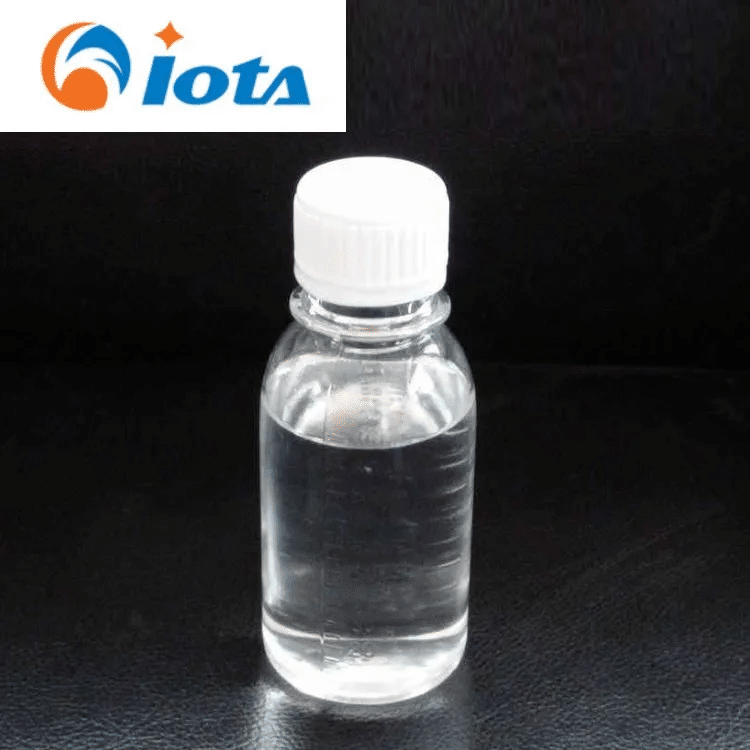In the context of global energy transition, the requirements for material performance in the new energy industry are becoming increasingly stringent. Ethyl silicone oil has become the "hidden champion" in improving the efficiency of new energy equipment due to its high and low temperature resistance, insulation, thermal conductivity and other characteristics. This article will delve into the specific applications and technological breakthroughs of ethyl silicone oil in the three major fields of lithium batteries, photovoltaics, and wind power.

1、 Lithium battery: full chain optimization from packaging to thermal management
Encapsulant
Lithium battery modules need to be filled with thermal conductive adhesive to achieve uniform heat dissipation. Traditional epoxy resin thermal conductive adhesive has problems such as high brittleness and poor heat resistance, while ethyl silicone oil-based thermal conductive adhesive can increase the thermal conductivity to 3W/(m · K) by introducing boron nitride (BN) filler, while maintaining a wide temperature range stability of -50 ℃ to 200 ℃. A test conducted by a power battery company showed that after using ethyl silicone oil thermal conductive adhesive, the temperature difference of the battery pack decreased from 8 ℃ to 3 ℃, and the cycle life increased by 12%.
electrolyte additive agent
Adding 0.5% -2% ethyl silicone oil derivatives (such as ethyl hydrogen containing silicone oil) to the electrolyte can form a stable SEI film on the negative electrode surface and inhibit lithium dendrite growth. Experiments have shown that this additive can increase battery overcharge safety by 30% and low-temperature discharge capacity by 15%.
2、 Photovoltaic: Efficiency Upgrade from Module Packaging to Tracking Bracket
Backboard coating
Photovoltaic module backboards need to have excellent weather resistance and insulation properties. The coating prepared by blending ethyl silicone oil and acrylic ester can resist UV radiation (QUV test>5000h) and salt spray corrosion (96 h without foaming), while reducing the water vapor transmission rate to below 0.1g/(m ² · day), extending the component life to more than 25 years.
Tracking bracket lubrication
The tracking bracket for large photovoltaic power plants needs to operate stably in an environment of -40 ℃ to 70 ℃. Ethyl silicone oil-based grease has become the preferred lubrication solution for tracking bracket bearings due to its extreme pressure and anti-wear properties (PB value>800N) and low-temperature flowability (pour point -55 ℃). Data from a desert photovoltaic power station shows that after using ethyl silicone oil lubrication, the bracket failure rate decreased by 60% and the power generation increased by 8%.
3、 Wind power: reliability improvement from blades to gearboxes
Leaf surface treatment
Wind turbine blades need to withstand high-speed airflow (>100m/s) and sand erosion. The anti fouling coating composed of ethyl silicone oil and fluororesin can reduce the surface roughness of the blade to Ra<0.5 μ m, reduce air flow resistance by more than 5%, equivalent to an annual increase of 200000 kWh in power generation for a single unit.
Gearbox lubrication
The wind turbine gearbox needs to operate under heavy load (>5MN · m) and variable load conditions. Ethyl silicone oil-based synthetic gear oil has gradually replaced mineral oil as the mainstream choice due to its excellent resistance to micro pitting corrosion (FZG score>12) and long service life (oil change cycle>10 years).
4、 Technological Challenges and Future Directions
Currently, the application of ethyl silicone oil in the field of new energy still faces two major challenges:
Cost optimization: The price of high-end ethyl silicone oil is 3-5 times that of ordinary mineral oil, and it needs to be improved through large-scale production and technological cost reduction (such as catalytic process improvement) to enhance cost-effectiveness;
Recycling system: After the retirement of new energy equipment, the recovery rate of ethyl silicone oil material is less than 10%, and chemical depolymerization technology needs to be developed to achieve resource recycling.
With the rapid growth of global new energy installed capacity (wind and photovoltaic cumulative installed capacity is expected to exceed 3000GW by 2030), the market demand for ethyl silicone oil, as a key functional material, will continue to expand. According to BCC Research's prediction, the market size of organic silicon materials in the new energy sector will reach 4.5 billion US dollars in 2027, with a compound annual growth rate of 9.3%.
https://www.ethylsilicone.com/
